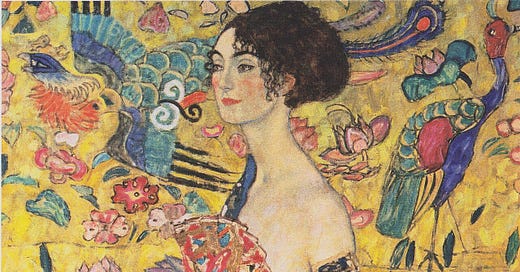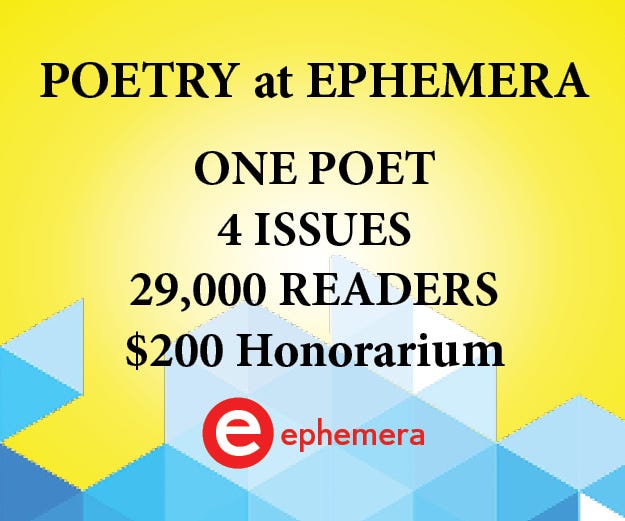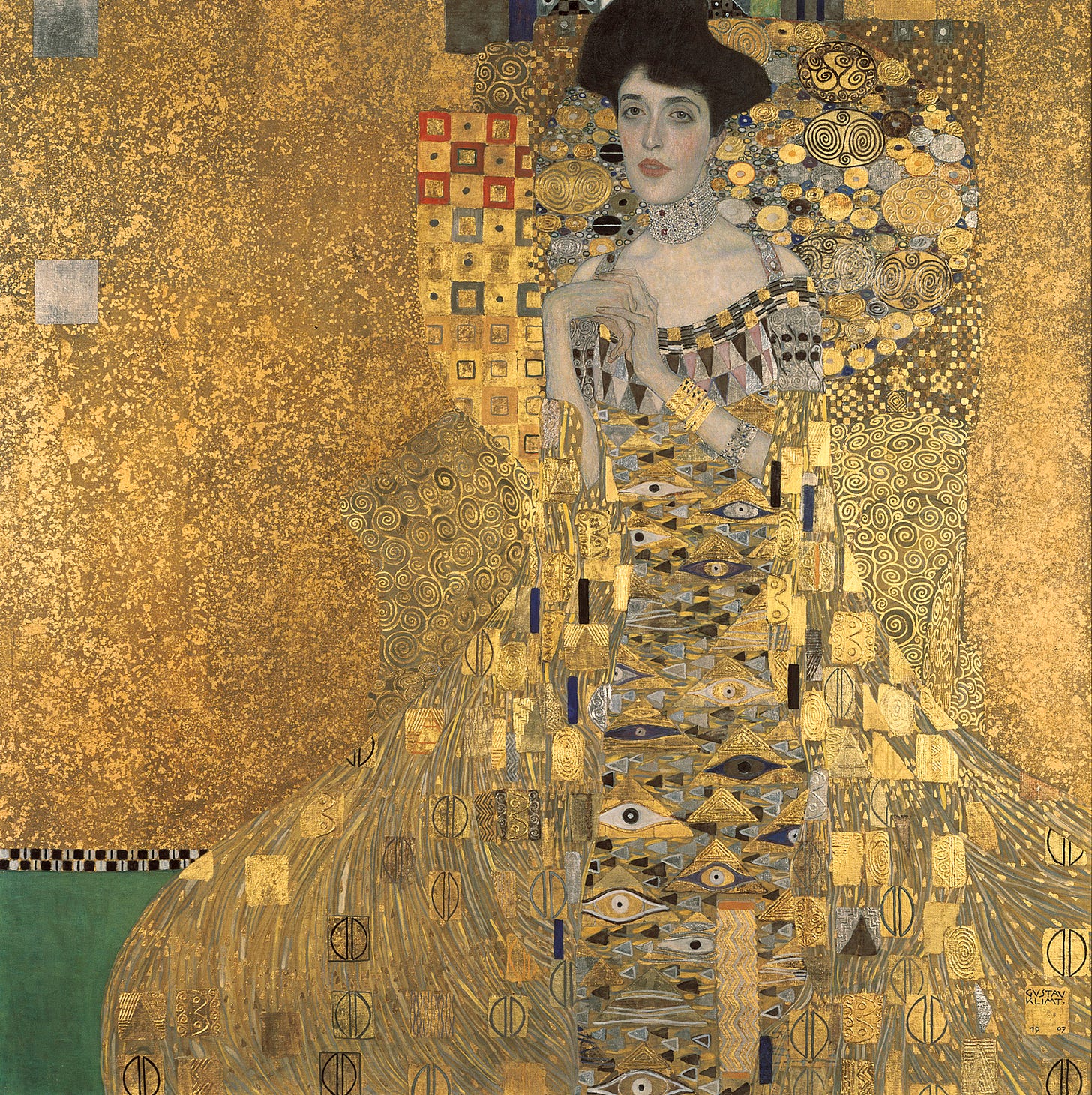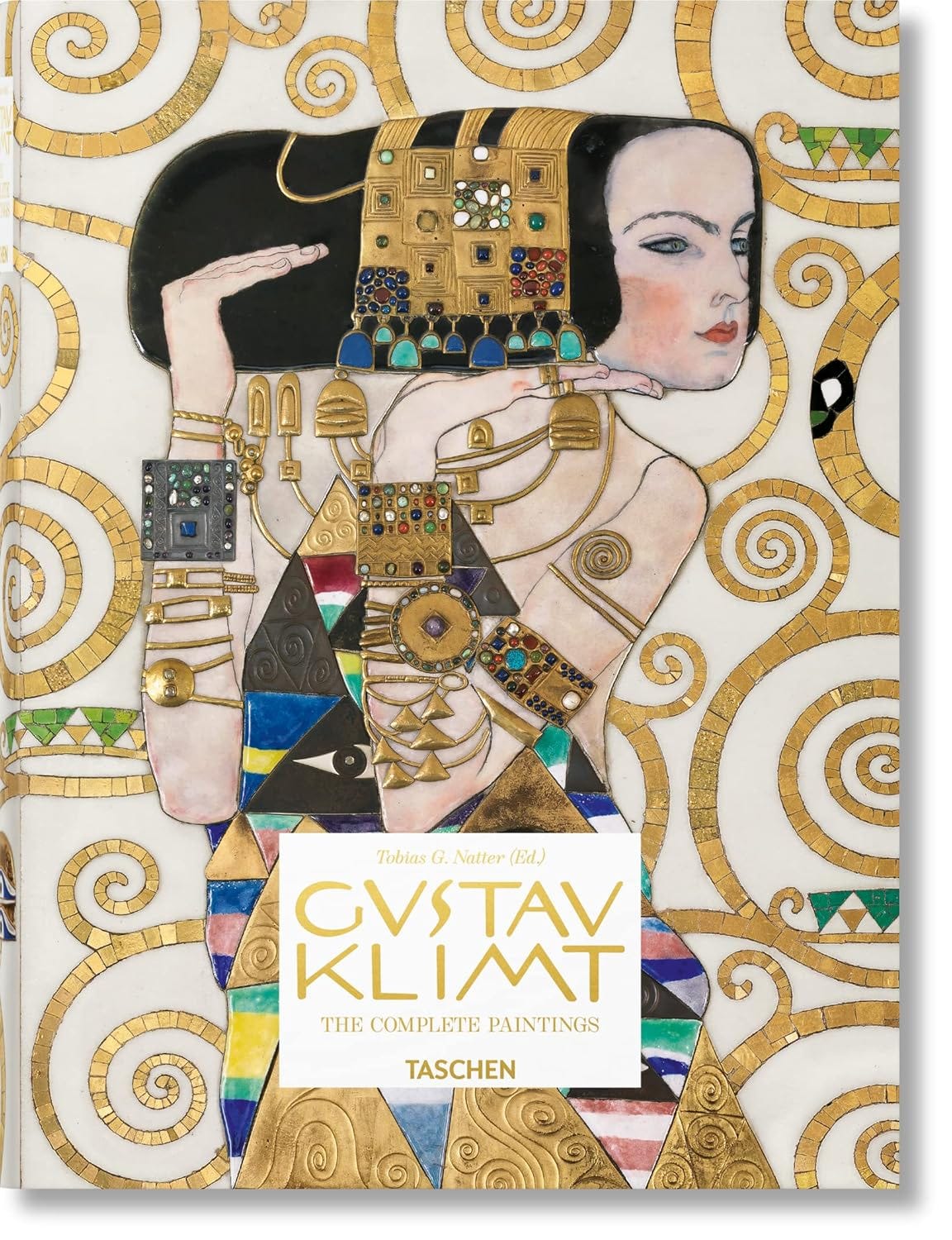Welcome to the Ephemera Newsletter free edition, Kawan-kawan! (Minang for “friends”)
Thank you to all who submitted to poetry in July for our September issues and especially to our finalist, Avren Keating who will be the poet for the month of September! You can review their poems altogether once they publish as well as artist statement and bio on this dedicated post on our Substack page. We thank you for checking out Avren’s work.
On to our standard content matters: Won’t you please check out last month’s free issue if you missed it.
And here are some reminders:
Monthly Invite to Submit: Submissions are in for the October issues. We look forward to reading! We are open for November now. September 30 is the deadline. If you are a paid subscriber to Ephemera, you can submit to poetry @ Ephemera for free as a membership perk! Free subscribers and anyone else can submit, too, with the reading fee and can submit up to 10 poems. Paying the reading fee will grant you 1-month paid access to Ephemera’s full letter. Learn more or:
In Brief…this week’s features:
Thoughts on Gustav Klimt.
Listening to The Strokes with an eye toward their negotiated sound as a result of a dynamic collaboration
September’s poet, Avren Keating’s first of four poems, “Red Language”
Our weekly lists:
3 magazines with open calls
3 awards/prizes
3 recent job listings for editors and writers.
More ephemera: check out our Interesante Section, where we present an article or site or interesting bit of info—sometimes a study, sometimes a video, sometimes an interactive site, sometimes an experiment.
In this issue, we present a simply optical illusion site which serves as a break from thinking while asking us to think about layers in our writing.
Book Recs, bonus content, and our mini-essays to start!
Last Month’s Free Issue.
Ephemera’s Good Contrivance Residency: Extended Deadline October 1
1 and up to 2 applicants will be chosen after submissions close
1-week on the farm per person (valued at ~$900)
$200 stipend
Total Value: $1100
$30 application fee (for early applicants before July 31) $40 thereafter
or
Merci. Danke. Kiitos. 고마워 Go-ma-wo. Cảm ơn. Xiè xiè.
Ephemera
Dear Readers,
We’ve got duality on the mind, two-ness, both-ness, forces counter-pushing but also co-mixing, estuaries and marriage, let’s say—forces that elect to be together and, in part, in conflict as well as those that coexist while they co-compete by coincidence. Maybe what’s on the mind isn’t random. After all, summer recedes as fall fills in right as we speak. Staying afloat the estuarine currents of the time means sometimes we’re caught in a downstream rut while others, by the by, carry us back up. In some ways, this is how we feel listening to the music of The Strokes whose sound feels of this nature after you’ve listened to the solo acts of two of their prominent songwriters; you can hear the currents of influence in one track or from track to track. Counter currents can be detected, once you’ve been primed for that thought space, between the instrumentation and the vocals, between guitars. Listen carefully and read our statement below. Cooperation in this way when executed right feels like an illusion, a trick. A good one in that we enjoy the end result, sort of in the way of magic—but once you know the component parts, it’s difficult to unsee them.
“Art is a line around your thoughts.”
—Gustav Klimt
In this way, our Interesante featurette offers up a website of optical illusions. When looked at carefully, they are marriages of cooperative currents that serve opposite ends and trick the eye, depending on how you see it, into thinking one reality or another while both are simultaneously true. The times, the things around us, our relationships, as above so below in a sense, everything at the moment seems to point to layers and overlapping and compromise and the syntheses of all of it. Waves, maybe (having said that word, waves, we’re thinking of Woolf’s attempt at nailing perception and time in The Waves, and how we ought to revisit that book). Thoughts are sometimes a lattice of overlapping co-informed asides and tangents. Viola. We have our state of mind acted out for two paragraphs perhaps in order to urge each of us not only to take note but see this as a type of essence essential for our scribbling. Illusions contain layers and layers beget tinier lattices of yet smaller compromise. If we’re incapable of writing with this in mind, if we aren’t utilizing complexity in this way, we might be passing over something both human and more deeply innate…meaning so fundamental it compels us at the surface, “Oh, isn’t this weather quixotic,” as well as paradigmatically, as deep as we’re willing to look—helices, gravity waves, bosons, and the gods. Now, to get this on the page.
Raso sukur.
(Gratitude)
Poetry by Avren Keating
Red Language I didn’t tell you that the slick honeysuckle mushed underfoot on the way to your door slipped something shaky from me. Red clustered characters filibustered from my knees after the fall, I hid them all, only my cheeks recalled them after you opened your eyes very close to mine. A language I could feel and you couldn’t read. You drew the curtains on the conversation with a certainty that made me uncertain. I good-byed, passed by a mug outside on the porch– an ant couldn’t resist a tumble into the honeyed tea you’d left out all night.
Music: The Strokes
We’re going with “old school” Strokes and their top track, “Last Night,” off of their debut album from 2001, Is This It. The Strokes were extremely well received right out of the gate and for their first two, maybe even until their third album, if perception and gossip are any indicator of such things, including the vehemence with which folks proclaimed an interest in going or the thrill of having gone to one of their live shows. Critics and reviewers were agog, and rock enthusiasts whispered of a possible legend in the making to rival The Rolling Stones. If you were of any reasonably self-aware age at the time and were interested in city culture, rock bands, and decently non-mainstream music, you likely got wind of this. A lot of the hubbub probably had a lot to do with the times and a need to fall deeply into something other than war, terrorism, and global politics. We were guilty of that at the time, and while we were aware of much of this, we were looking elsewhere at different bands more voraciously, coming to The Strokes kind of in reverse order, from the time after the release of their second album when there were singles connected to a prophesied third floating around. Maybe when we were outside of the States, on duty or semestering abroad, we felt emboldened to dip into a crazy zeitgeisty band for the first time.
In any case, our early perceptions notwithstanding, we’re listening to “Last Night,” for some fun and good solid rocking out, revisiting The Strokes from the perspective of collaboration as we came to understand, particularly once we listened to Julian Casablancas’ and Albert Hammond Jr’s solo music, their sound as The Strokes was a negotiation between two creative poles. (In our next couple of issues, we’ll look at each guy in turn).
The NYC-based band’s core met in high school and later recruited 2 new guys to play with them forming a post-punk and garage-rock sound that focused on so called “back-to-basics” fundamentals of playing and recording, which mostly means without effects and synths. Theirs was a sound that was refreshing for rock-heads, and even casual listeners, because they seemed to ignore much of the trends in rock of the previous two decades. They got big in NYC, playing all the small venues, the medium ones, and insanely quickly, the largest spots that tend to catapult bands into the national spotlight. “Is This It,” made it to the top 40 in the US (really big for a rock band at that time) and hit number 2 in the UK. Currently, their top track on Spotify has 648 million listens. The album was well received by critics and reviews periodicals. It made many a top ten list at the time of release and stayed on people’s lists ten years later for prominent lists of top albums of the decade. You can just like ‘em because they do catchy, somewhat-pop rock songs that chat about city living and relationships in a quippy mini-complaint but it is what it is way without getting philosophical.
“I don’t like doing things by myself. It’s more about having chemistry with people in a room. The dream was always to kind of have a kind of…well, I don’t want to say dream team, but that’s sort of what it is. You just want the vibe and chemistry to be right…”
—Julian Casablancas, interview in thecreativeindependent.com
Sentimentality and listlessness seem to be extreme poles that any rock band might wrap themselves around to no great effect. The Strokes manage those poles well. The force of the musicianship is likely the most compelling aspect of the music, and yet it’s pleasant and relistenable that the lyrics are often delivered with a near stoic indifference. That’s kind of the problem with growing up in a big city like NYC and gaining too many experiences too quickly. But, still, that fast-tracked “growing up” and highly extended, adult-aiming but not too far removed youth culture is—more so now even—quite seductive no matter your origin. In any case, there’s a kernel of intrigue in that dichotomy of vocalist tone and instrumentation. It’s sort of the needle that detective and noir fiction threads, the big and sometimes dire things happening on the page delivered with economical prose, often distanced, yet befitting. Hmm. Food for thought.
Yet we’re more interested in sound as a means to access the ear of the writer. Technique and application. Flirting with sentimentality, feigning indifference for effect, delivering an appealing affectation all seem like key strategies for a writer feeling out a voice for a novel, the range of sound for a collection of poems. Cohesion of voice can really land with a reader. Too many voices and sounds and angles of emotion is tricky, though not wrong, per se. The thorniness of the many voices, many sounds approach probably boils down to the difficulty of becoming excellent at everything. Snazziness and fervor, rhythm and pop, we can effect these things with constancy and a type of order best when our language is staid and the verbiage is only moderately complex. Of course, too much of this leads to a genre becoming stale (think indie movies and, arguably, the vast wave of NYC-based, broken family-drama novels of the last two decades, nearly). The idea might be, study these “hot” albums for the particular ways in which they innovate and replicate, sound hip and yet deliver familiarity. Take your discovery and amplify it because our threshold for application as writers is much higher.
Interview with Creative Independent
About making Is This It from The Guardian
Writers Submit: 3 Magazines
A biannual journal that publishes fiction, essays, and poetry. The magazine celebrates eight years of publication in print and online, and is housed in Utica, NY. They aim to foster “artists where they may live and work.” CLOSES DECEMBER 31
INTERIM
The print and online journal is looking for poems written as Palimpsests and will be published in the curated edition of the journal by University of Nevada Press in 2025. Accepted writers will receive one copy of the edition. DEADLINE JANUARY 6
CLOUDBANK
The online and print journal reads poetry year round and is considered an important journal that has published some of the best new voices alongside established writers. The publisher also hosts other publication opportunities. DEADLINE ROLLING
Weekly Artist: ZZZZ
Klimt is well known and yet we were not well-informed. Klimt’s lesser known work, i.e. anything outside of the gold-leafed The Kiss and his “Golden Period,” didn’t exist in our minds, although we’ve been to The Met and seen a Klimt or two in their collection—instead, when we think of NYC and Klimt, we think of The Woman In Gold at the Neue Gallery NYC. That’s a nice lesson in revisiting art, music, writing, and philosophy learned at earlier stages in life; also, and maybe this doesn’t affect everyone, but information has a way of becoming tiered in that the most popular or widely known elements of a thing are the most easily digestible and, by comparison, novel info feels more difficult to apprehend. As a result, we way forget or eschew the “more difficult” despite listening or wanting to learn. On the other hand, some people, and we’ve known many poets and writers with this talent, have fabulous memories for details and tertiary information. If you are in our camp, we relate. If you’re in the info-retaining camp, God bless you (and what a great advantage!).
Back to the Austrian Klimt. When we look at Klimt’s oeuvre, we notice a respectable diversity of style and his practice starts to open up to us. Surely, there’s a lot of symbolist work represented in his collection, but we see pointillist and impressionist influences, a couple of portraits that look like a Rembrandt, too, and drawings from his classical training. His work ventures from portraits of women to landscapes and not too further far afield. We’ve been taken with the colors and shadowing these past few days. Being of an entrepreneurial spirit, Klimt, after graduating from art school, and along with his brother and a friend, formed a trio called The Company of Artists and successfully shopped their skills as muralists and commissioned artists for hire.
After official recognition of the group’s work, many years of success, and the death of both Klimt’s brother and father, he turned away from the conservative and academic school of thought on the arts and actively pursued foreign concepts and personal fancy, melding the two into the paintings we generally know as his oeuvre. It’s interesting to note that Klimt formed a counter association to the traditional Vienna Artists’ Association which he and his associates called Vienna Secession. They focused on bringing outside influences into the Vienna art scene as well as their personal intrigues, which, for Klimt, often meant the female form with symbols and abstractions.
“Whoever wants to know something about me as an artist which alone is significant they should look attentively at my pictures and there seek to recognize what I am and what I want.”
—Gustav Klimt
It’s known that Klimt took inspiration from the mosaics of Byzantine art, as well as the use of flat planes and asymmetry (among other elements) of Japanese art—the Vienna Secession adherents were particularly so interested. This leads us to one of our top concerns at this letter, which is to say the idea of purposeful and pointed borrowing; actively taking influence from various sources and repurposing component parts into a new admixture of the individual’s making. Our project in bringing this up all the time is to demonstrate all the artists who do this, and record the successful ways to implement the reconstituting of influences. It’s not enough just to harp on a principle—that doesn’t always help people see it. To see Klimt better, check out the archive linked below. You can view across time how his personal art changes and incorporates new elements with a classical underpinning.
These exquisite borrowings. These gold leafings and bright, highly-saturated symbols, these icons, these flat planes befit with portraits. We are splashed by waves of emboldened light whose tides are furtively strong, who bring us into the midst of the work like a strong undertow, where, doused and pleasantly disoriented, we then see the figures, the true subjects but in an adorned light, with emotion and symbolic editorial, as a part of the wave, no, maybe the cause, maybe the center out of which flows this experience. Wave. Plash. Unlike the monstrous sea, we’re delivered back to shore, affected, dazed, doused, to be sure, but now aligned with the artist’s vision. These lovely subjects. This is great writing performed as painting. Maybe we’ll let that sit and not attempt a deconstruction. Sometimes it’s better to feel urgently, let the sensation fade, then wade around in the dark of your practice until you figure out how to recreate it in your own way.
Wiki for all paintings of Klimt.
Interesante: Optical Toys
From: Optical.toys
— (2-30 min distraction)
Sometimes we need a break from reading and writing. Enter this little site with a dozen or so optical illusions. We share this as a palate cleanser. For those times when your brain needs a distraction so it can work on the next thing in private while you do something else. Also, and no less important, we enjoy considering how these illusions serve two or more purposes depending on your angle. Complex, interesting writing tends to be able to work with and within multiple meanings, across many layers. —Mess with your eyes.
Prizes/Awards/Stipends Winter ‘24
The C&R Press Awards pay $1,000 and publication for a full length in three categories: Fiction, Poetry, and NF. They’re coming up on year 15 as an indie publisher. They also consider runners up for pub. $1k + Pub. $30 fee. DEADLINE SEPTEMBER 15
The Bedford Competition awards £1,500 for one poem and one story. They offer other cash prizes to 2nd and 3rd places. All entries may also be published in the annual print anthology. £1,500, £300, £200 + Pub. £17 Fee. DEADLINE OCTOBER 31
The Ronald Sukenick Innovative Fiction Contest awards $1,500 and publication to writers who have not published with FC2. .$1,500 + pub. + $25 Fee. DEADLINE NOVEMBER 1
Good Contrivance Farm - EXTENDED DEADLINE OCT 1
Thanks to everyone who submitted early. We have now extended the deadline to allow extra time for folks to put together applications during this busy time. This will be the final deadline and the portal will close. We may not run the program a 4th time as it is costly on several fronts. Wishing everyone great luck!
1 and up to 2 applicants will be chosen after submissions close
1-week on the farm per person (valued at ~$900)
$200 stipend for travel (paid on arrival)
Total Value: $1100
or
Bookstore: Guides, Gifts & Classics
Please consider supporting our letter and literature by buying books. It helps us and others! Bookstore via Bookshop.
We love our coffee table:
»»»Remember last week’s letter has urgent deadlines!«««
Thank you for subscribing to Ephemera. We appreciate your support very much! It means a lot to have you as a reader and paid subscriber. We look forward to growing the letter and bringing you new content and conversation along side our staples. At present, we’re considering creating a book volume containing a large part of our content, including artwork and essays. We’re also considering other projects, such as a monthly podcast, mini-videos, and a Q&A with our editors. Let us know if you have any ideas on how we can improve.
~~~Dadah~~~
(Goodbye)
*
*
*
**Select Job Postings**
Aduro LLC: Sr Ed. FT. 5 Yrs exp. $65k-$85k. Remote.
Phillips Exeter Academy: Writer in Residence. 1-year Fellowship. ~$18k.
RP3 Agency: Sr CWr. FT. BA+ 6 yrs exp. $80k-$90k. DC Area.
Ephemera Programs
Poetry at Ephemera:
Testimony from our previous Residency Selectee:
“From the moment I arrived at Good Contrivance Farm for my writing retreat, I was captivated by its tranquil beauty and knew I was at the right place at the right time. The farm is tucked away in a quiet picturesque rural area, north of Baltimore, and has serene orchards, majestic trees, and lovely Victorian farm buildings. I often found myself walking around the farm in quiet contemplation taking in the beautiful landscape. During these walks, friendly dogs and a gentle cat became my ‘writing companions.’ Exploring nearby nature preserves and local shops further enriched my experience. As you can imagine, these combined experiences made it easy to write and write I most certainly did. In fact, it was one of the most productive writing weeks I've had in quite some time as I was able to shut off the usual perfectionist voice in my mind and just let the words flow. Part of this was because of the living quarters. The cozy Hen House Cottage itself was a haven, boasting a diverse library, bluetooth sound system, inspirational notes from former visiting artists, and most importantly, a comfy bed—each detail contributed to a memorable stay and reminded me that simple pleasures often yield the greatest joy and creativity. Overall, I am deeply grateful for the opportunity to grow and create in a place so steeped in history and natural splendor. Good Contrivance Farm truly lives up to its name and is quite a special place for artists. I plan on returning and spreading the word. I hope that all artists have a chance to create in such an inclusive, safe, and charming space.”
—Monique Harris









